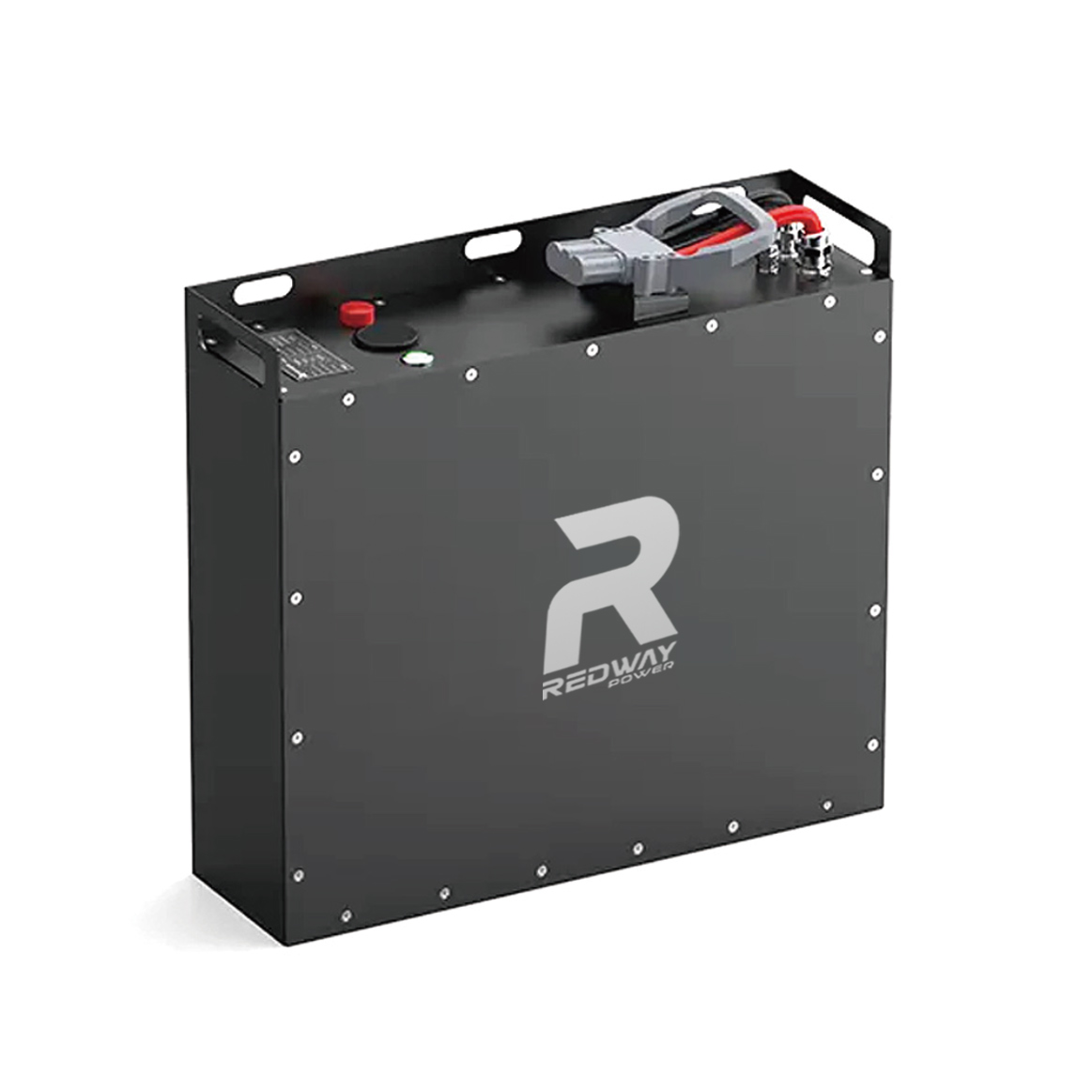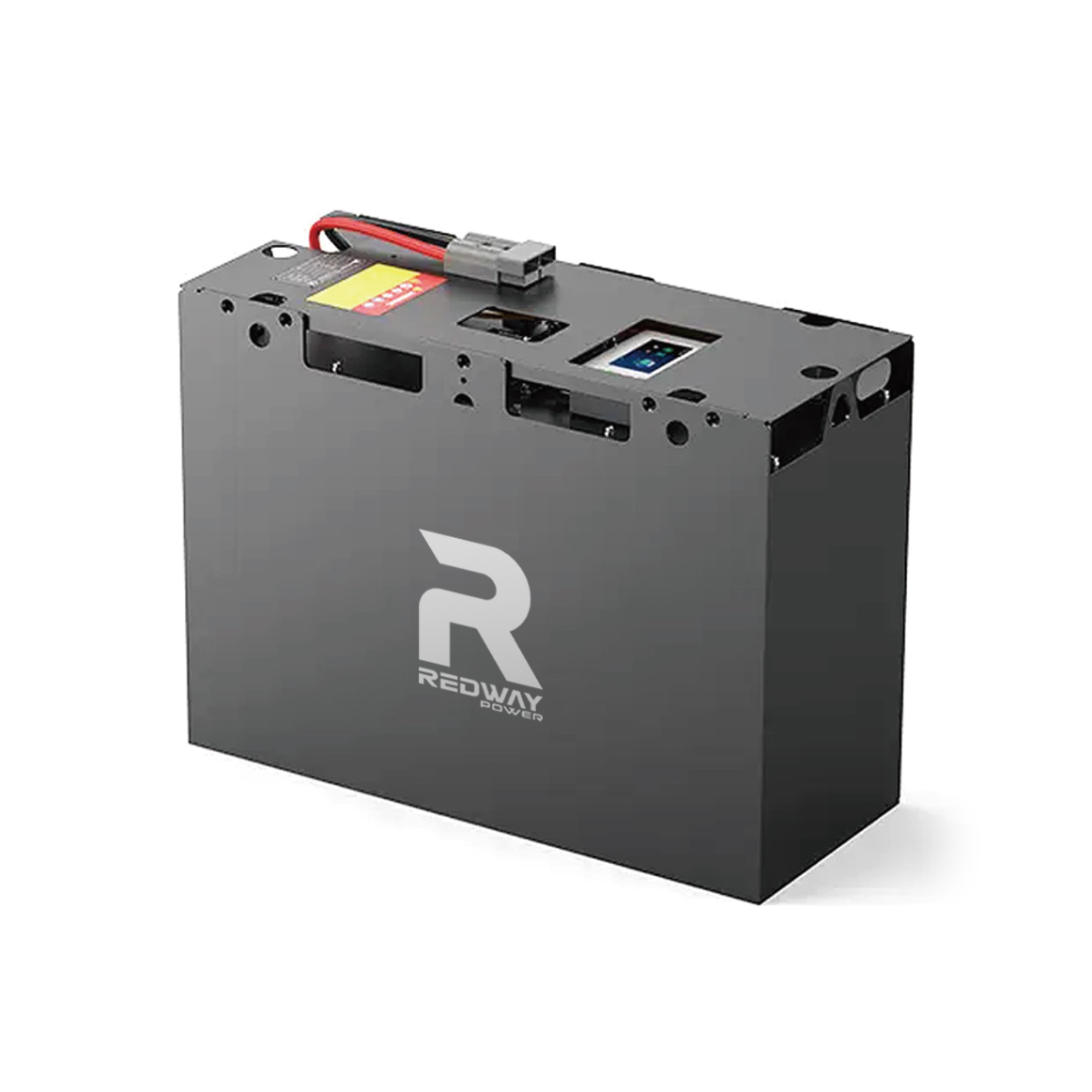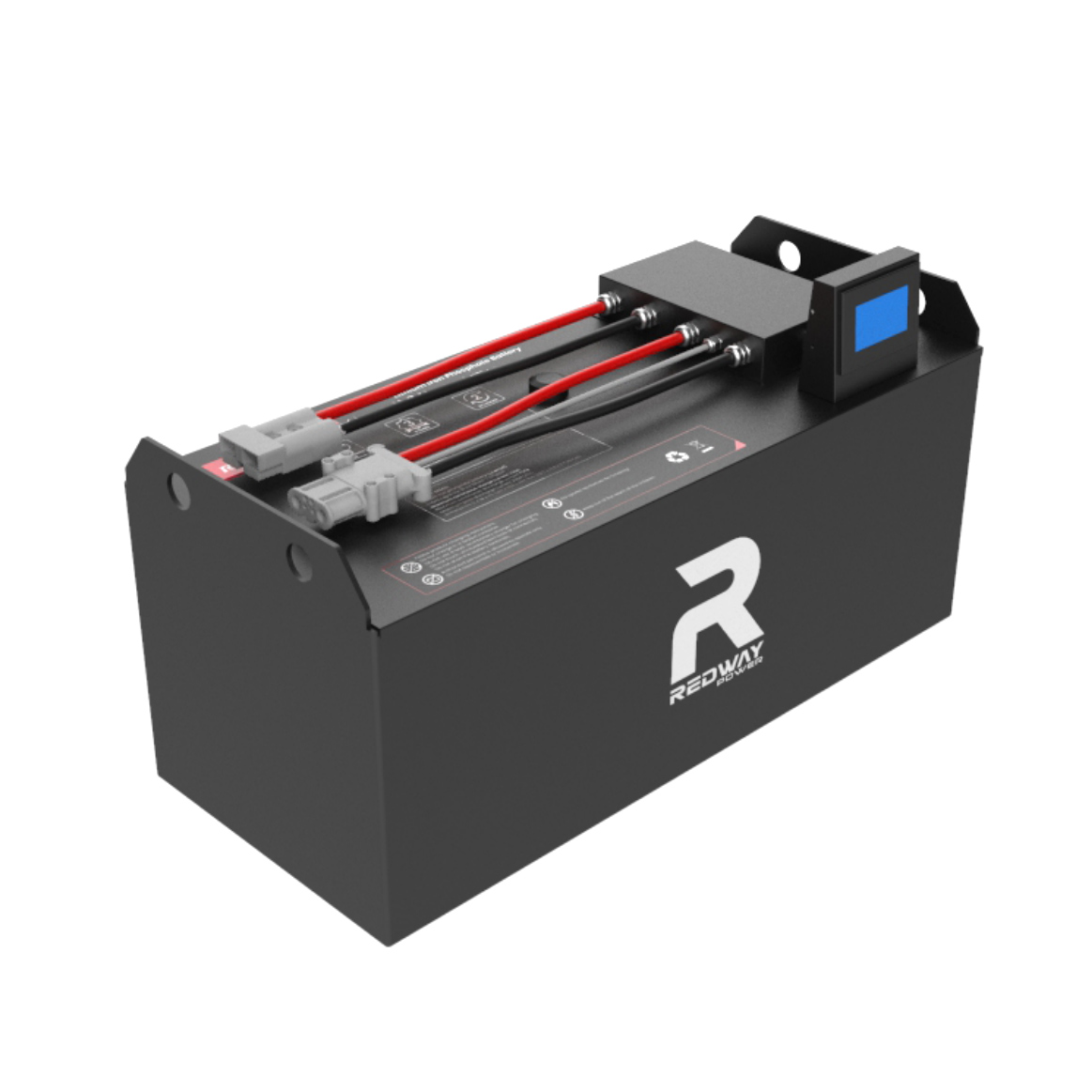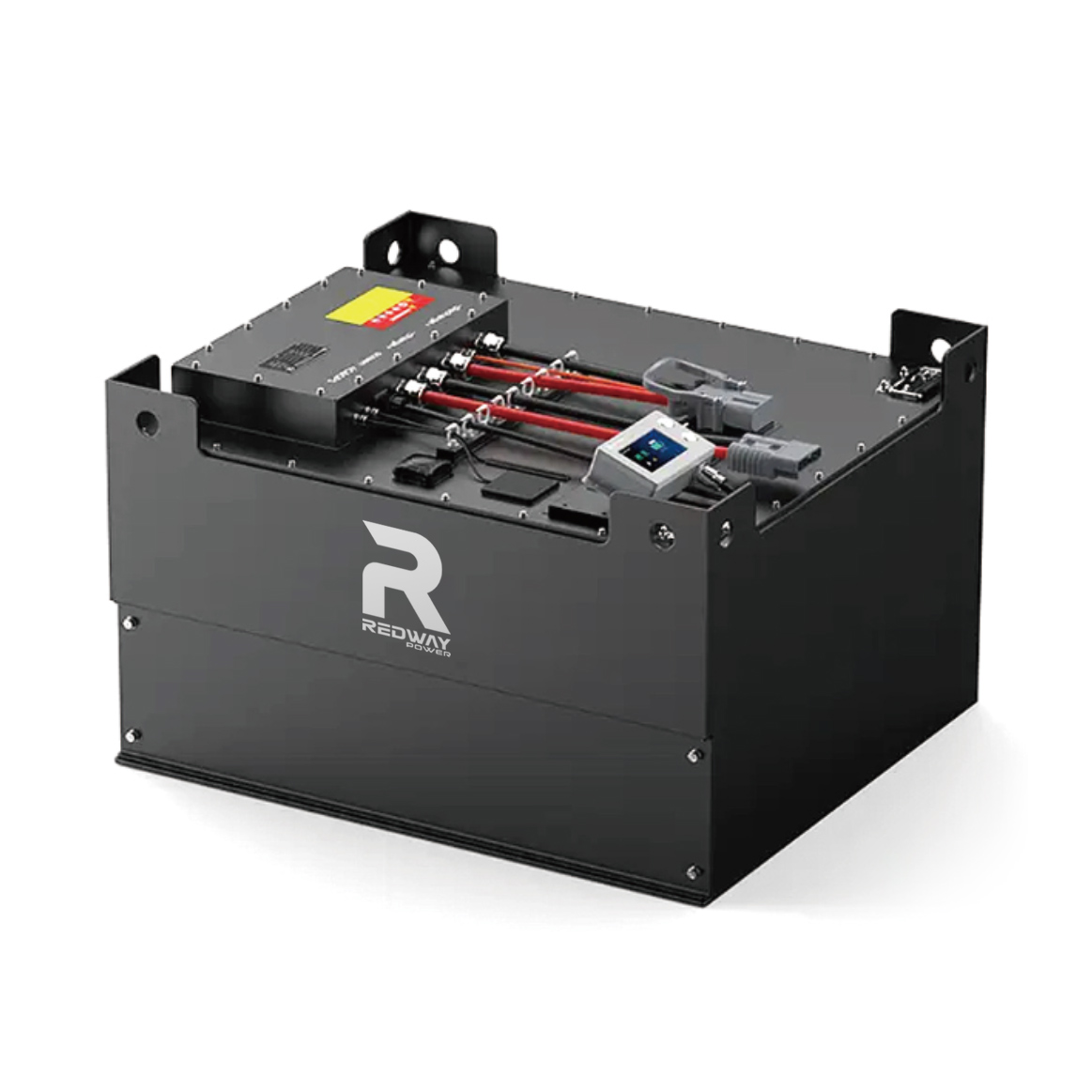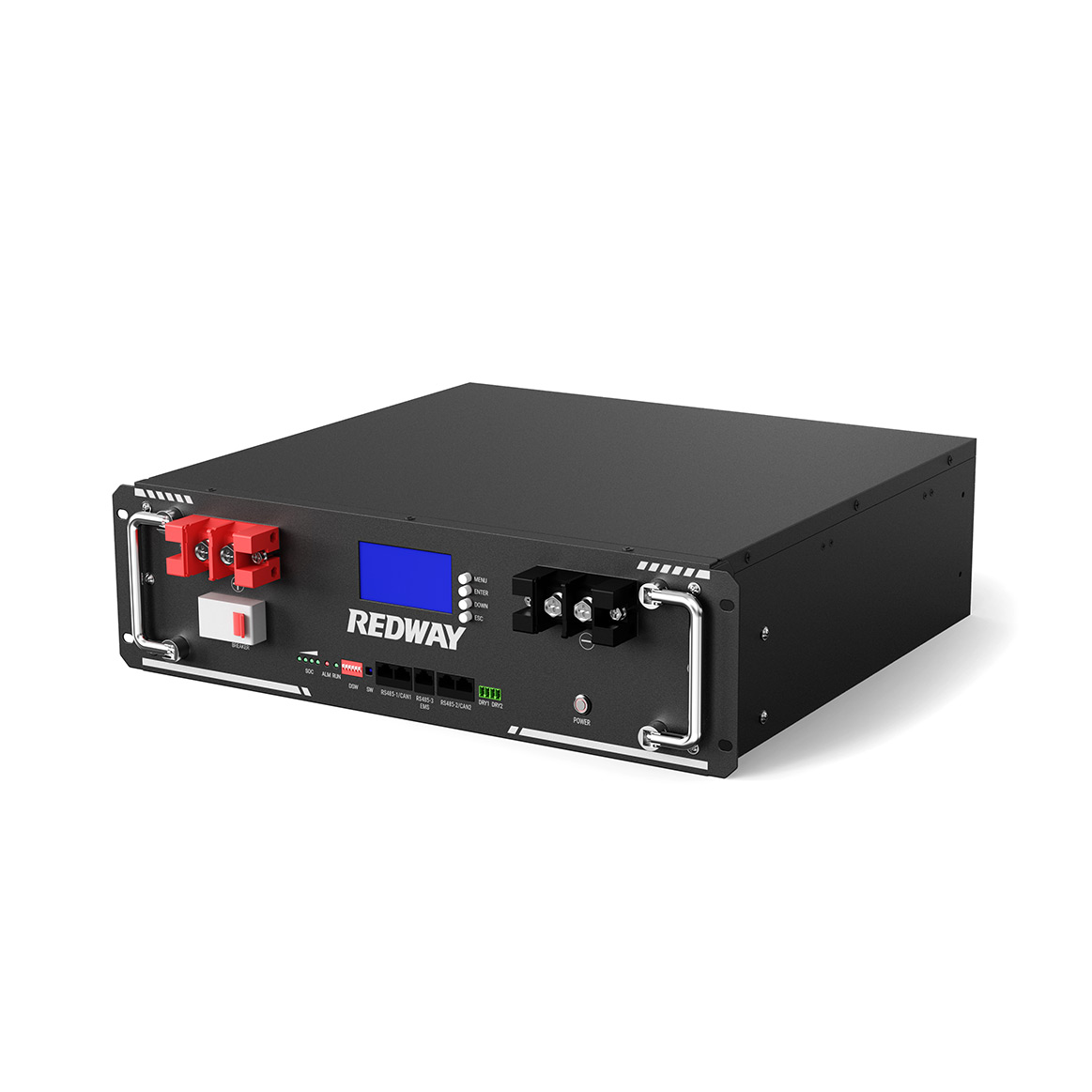Deep Cycle LiFePO4 Batteries Manufacturer
Looking for a business partner from whom you can buy deep cycle lithium batteries at wholesale price? We got you covered. Learn more about how we can work together.
Redway Lithium ion Battery Factory has been diligently striving to unlock the mysteries of transforming deep cycle LiFePO4 Batteries into a profitable venture. Discover the inner workings of LiFePO4 Batteries, explore their advantages, various categories, extensive product line, exceptional craftsmanship, and a plethora of other fascinating details by simply clicking the button below!
We are a Lithium Battery OEM Factory
Redway is dedicated to the domains of 12V, 24V, 36V, 48V, 60V, 72V, 80V, 96V, 100V Deep Cycle Lithium Iron Phosphate Batteries, RV lithium battery, Marine battery, Rack-mounted lithium battery, Golf cart lithium battery and Forklift lithium batteries. Their ultimate goal is to fulfill the diverse energy needs of customers by providing comprehensive energy service solutions. These solutions encompass a range of offerings, including lithium-ion battery energy storage products, smart hardware solutions, energy investment, and operational services, among others.
Don’t you find what you are looking for?
Just tell us your detailed requirements. The best offer will be provided.
Blog
What Makes the Redway 12V 100Ah LiFePO4 Battery Ideal for RVs, Boats, and Energy Storage Systems?
December 22, 2025
No Comments
When selecting a reliable battery for RVs, marine boats, solar systems, or backup power, understanding the features and technology behind modern lithium batteries is essential.
What Makes Redway 12V 150Ah LiFePO4 Batteries a Top Choice for Modern Energy Solutions?
December 22, 2025
No Comments
In today’s fast-evolving energy landscape, reliable and long-lasting batteries are essential for applications ranging from solar energy storage to electric vehicles and backup power systems.
What Makes the 72V 100Ah LiFePO4 Lithium Golf Cart Battery from Redway Battery a Top Choice for OEMs and Suppliers?
December 22, 2025
No Comments
The demand for reliable, long-lasting, and high-performance lithium batteries has surged as electric mobility and energy storage solutions grow worldwide. Among these, the 72V 100Ah


